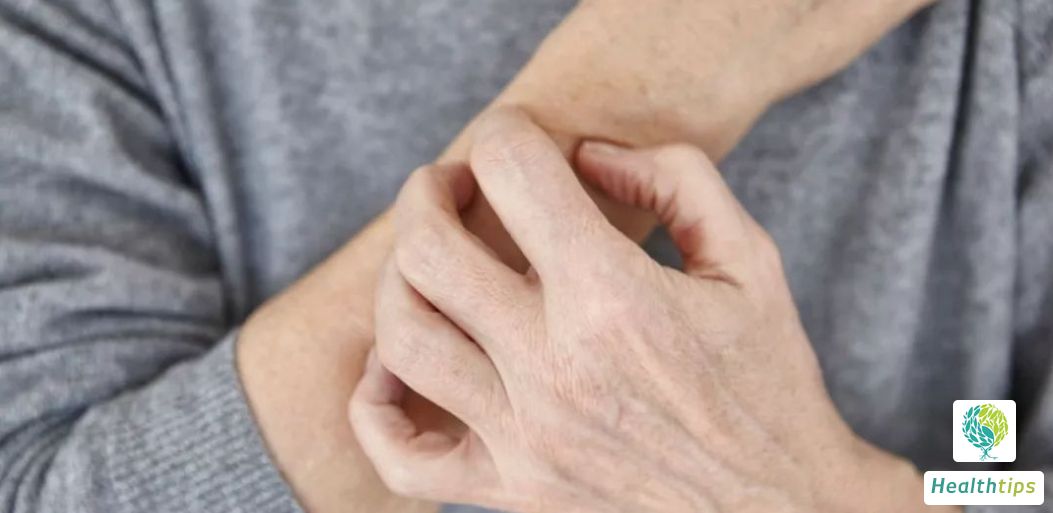"How is PTSD (Post-Traumatic Stress Disorder) Treated?"
PTSD Treatment Approaches
In clinical settings, PTSD, or Post-Traumatic Stress Disorder, arises from experiencing or witnessing an extraordinary threatening or catastrophic psychological trauma, leading to delayed onset and long-lasting mental disturbances. The treatment of PTSD encompasses psychological therapy, pharmacotherapy, physical therapy, non-pharmacological interventions, and daily life management strategies.

I. Psychological Therapy
1. Supportive Psychotherapy: Establishing a trusting relationship with the patient, providing emotional support and understanding to help them face and process the emotional distress caused by the trauma.
2. Cognitive Behavioral Therapy (CBT): Assisting patients in reassessing and understanding the traumatic event, modifying maladaptive thought and behavior patterns, thereby alleviating symptoms.
3. Eye Movement Desensitization and Reprocessing (EMDR): The patient's eyes follow the therapist's finger movements while recalling trauma-related scenes and sensations, reducing fear and anxiety.
II. Pharmacotherapy
Medications such as antidepressants and anxiolytics are prescribed under medical supervision to alleviate symptoms. Examples include SSRIs (e.g., sertraline, paroxetine) and second-generation antipsychotics (e.g., risperidone, olanzapine), which effectively improve patients' emotional and psychological states. However, medication should be administered under medical guidance with regular monitoring and dosage adjustments.
III. Physical Therapy
Methods like transcranial magnetic stimulation and modified electroconvulsive therapy can improve symptoms to some extent but require medical supervision.
IV. Non-Pharmacological Interventions
1. Biofeedback Therapy: Monitors and feeds back patients' physiological indicators (e.g., heart rate, blood pressure) to help them regulate their physiological state, thereby reducing symptoms.
2. Meditation and Relaxation Therapy: Through meditation and relaxation exercises, patients can unwind physically and mentally, alleviating anxiety and stress.
3. Play Therapy, Art Therapy, etc.: Facilitates emotional expression and idea sharing through games and artistic creations, lightening the psychological burden of trauma.
V. Daily Life Management
Patients should maintain a relaxed and cheerful mood, avoiding drastic emotional fluctuations. This can be achieved through soothing music, deep breathing, etc. Additionally, good sleep and dietary habits positively impact PTSD treatment.
Treating PTSD necessitates a comprehensive consideration of the patient's specific circumstances and needs, selecting appropriate therapeutic approaches. Psychological therapy, pharmacotherapy, physical therapy, non-pharmacological interventions, and daily life management are all crucial means of managing PTSD. During treatment, patients must actively cooperate with medical professionals, adhere to prescribed medications and daily life management routines. Maintaining a positive mindset and confidence in overcoming PTSD's challenges is equally essential.



















